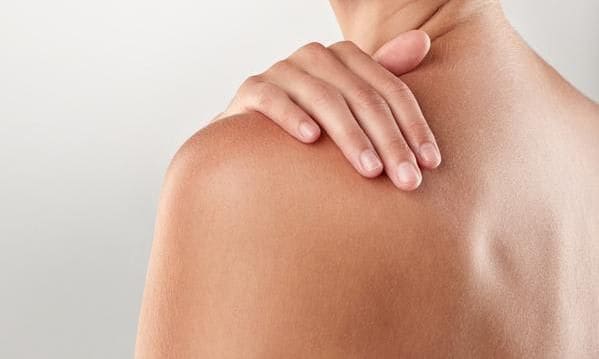Welcome to skincare school! Today's topic is ceramides. With ceramides the more you apply it to your skin, the better the results. Does it seem illogical to incorporate lipids into your beauty routine? Turns out, ceramides are an essential ingredient to restore the skin's protective barrier, retain moisture, reduce signs of aging, and stop environmental damage. Ceramides are part of the natural composition of the skin, hair, and nails. Thanks to the benefits they provide for body care, there are products that include them as a synthetic ingredient -created in laboratories and backed by dermatologists- to maximize their effects and replenish what we lose over the years.
If your skin is dry or you want to start using anti-age creams, be sure to buy products that contain this lipid as its main ingredient. Oily, mixed, or normal skin? Ceramides are also for you! They control the excessive production of oil in mixed or oily skin. In normal skin, ceramides keep the water and lipid mantle balanced.
Keep reading for more insightful on this powerful molecule!
The barrier of the skin
One of the main functions of ceramides is to maintain the union and stability of skin cells, which is why they're so important for its appearance and well-being. In addition, they act as a barrier against external agents.
Scrubs and soaps can cause an inevitable loss of ceramides, hence the importance of including them synthetically as part of the skincare and thus guarantee their proper functioning as a protective barrier. The impactful formula are also ideal for treating inflammatory skin conditions such as eczema, rosacea, acne, and psoriasis.
Melissa Kanchanapoomi Levin, dermatologist and founder of Entière Dermatology in New York, said in several interviews that at 30 years of age about 40% of skin ceramides are lost, and at 40 years of age the figure rises to 60%. Therefore, she highlights the importance of incorporating ceramides in the form of liquids, moisturizers, cleansers, tonics, or serums, with active ingredients such as retinoids and glycolic acid, in the beauty routine.
How to identify them?
When buying body or face moisturizers, read the label and look at the ingredients. Ceramides can appear under the names of ‘ceramide AP’, ‘ceramide EOP’ or ‘ceramide NP’, which emulate the nine types of ceramides found on the skin. Don't worry about the different denominations because their function is the same.
There's a wide variety of products with this synthetic lipid on the market, created for the face and body skincare. To achieve a softer and smoother complexion there are options such as Alastin Restorative Skin Complex ($195), which is part of the range of anti-aging creams, as well as the 'all-in-one' repair serum SkinBetter Science AlphaRet Overnight Cream ($110) which also contains retinol.
Another facial favorite for the face is the Elta MD Barrier Renewal Complex ($50), recommended for its combination of cholesterol, hyaluronic acid, five ceramides, and enzymes. Its packaging is airtight and keeps the formula protected from light, air, and external contaminants.
In the liquid presentation, the formula Dr. Jart Ceramidin Liquid ($39, Sephora) is available. It contains five ceramides, panthenol, and sodium hyaluronate to make the skin thick, soft, and flexible. It can be used as a light moisturizer or as a tonic, followed by a thicker moisturizer, ideal for all skin types.
If you want a body cream for very dry skin, look for Aveeno Skin Relief Intense Moisture Repair Cream ($16.45) or CeraVe Moisturizing Cream ($16.99). Experts recommend using these products after the shower and before bedtime. The skin must be clean, so in the case of the face it's necessary to use the cleansing creams, tonics, and serums first, and finally the moisturizer.
Keep in mind that ceramides are a barrier of protection for our skin that must be reinforced during the beauty routine to preserve the elasticity and moisture of our complexion.
,type=downsize)
